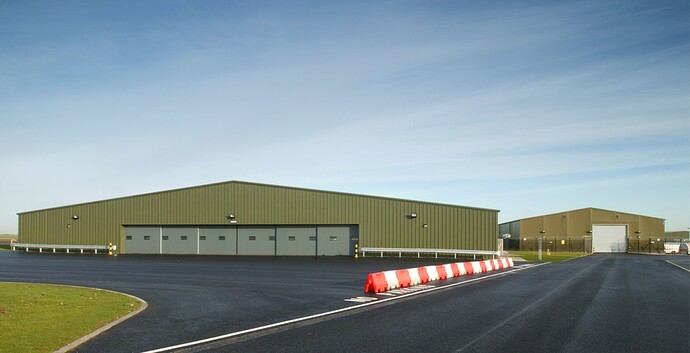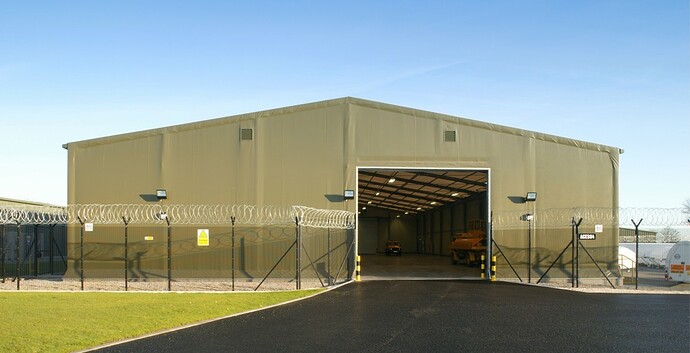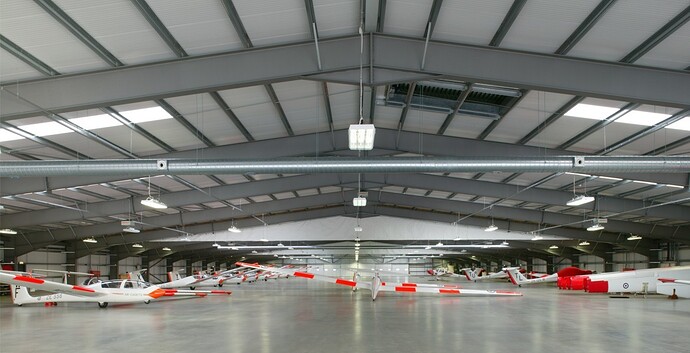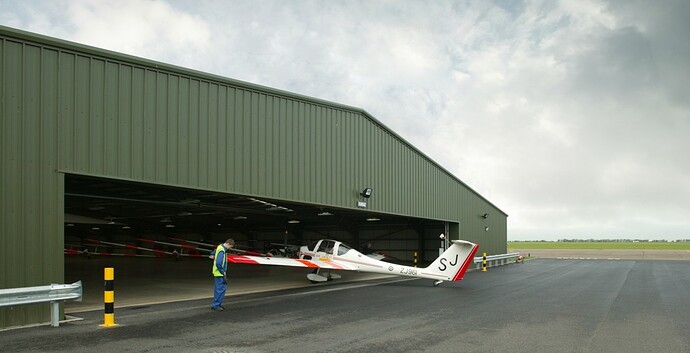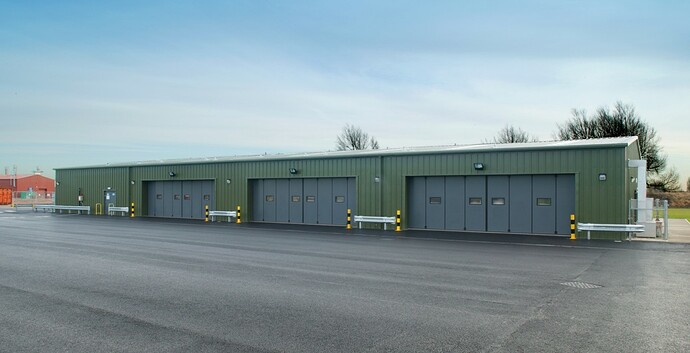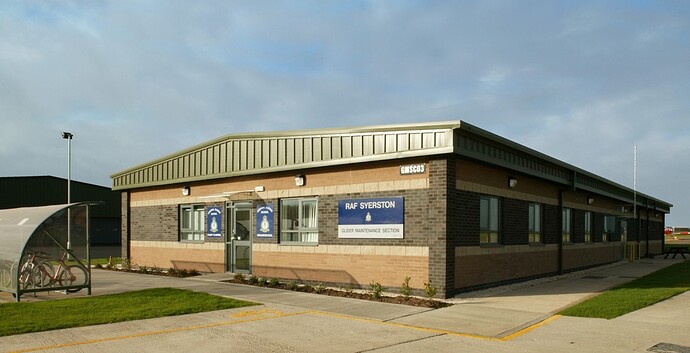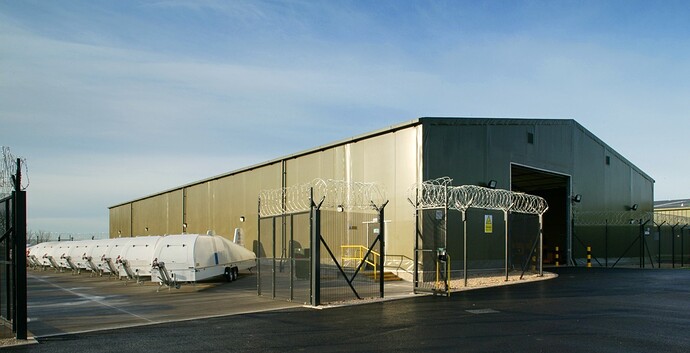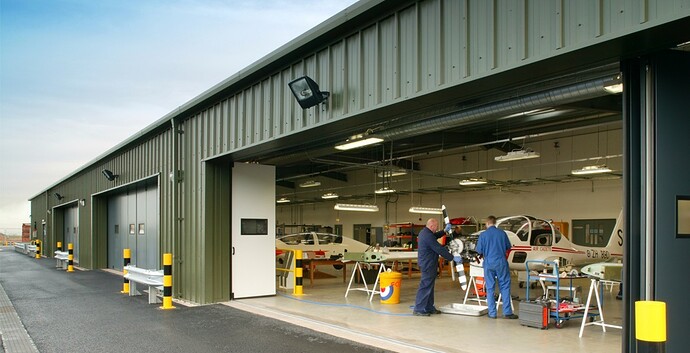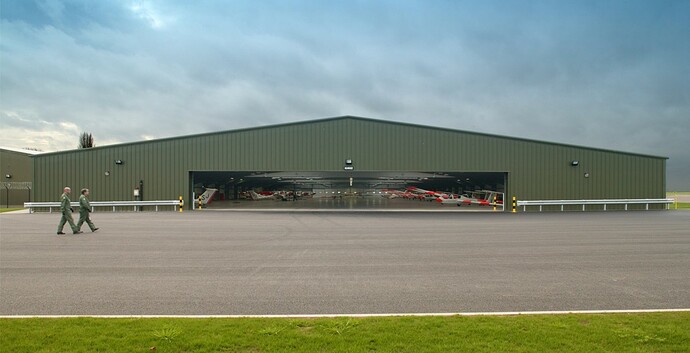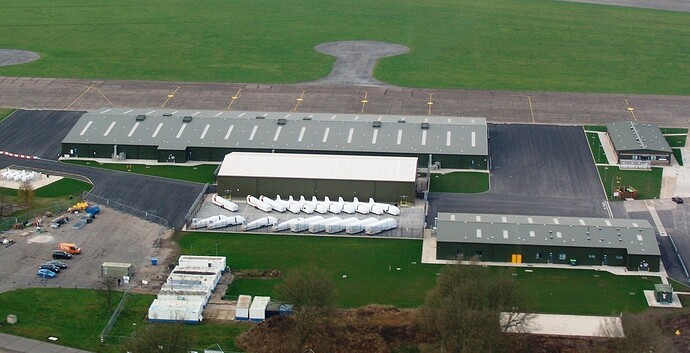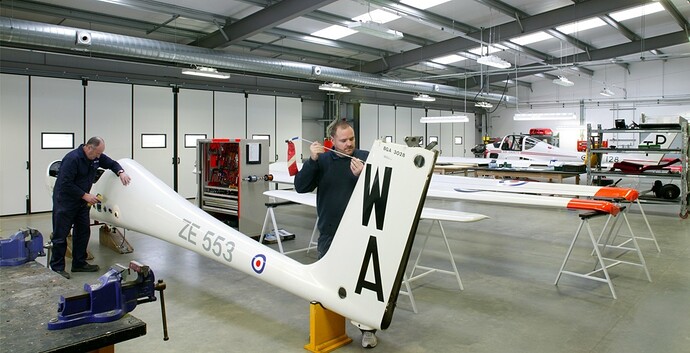The subsequent requirement will then be competed in line with Public Contract Regulations (2015), with contract award anticipated for late spring 2016*
A lot of the troubles began in the 1970s when some expert decided that a motor glider was a better piece of kit to train pilots than a glider. I’m not sure even that was true, but it totally missed the point that winch launching gliders gave large numbers of young men (in those days) a lot of activity and practical leadership experience. I know this because I was one of them. On the other hand a motor glider gives two people some flying and everyone else a lot of boredom.
When the Venture was being purchased from Slingsby’s, the price was roughly equal to three new Ka13s (probably the best training glider ever built) and enough winches to keep them airborne all day.
The Vigilant is a worn out plastic glider with an out of production modified car engine (of a basically 1938 design). Apparently it also needs an instrument upgrade. Its value has not been increased by grounding it for 18 months. There were very few questions to which the Grob 109B was ever the answer.
The “pause” gives a great opportunity to revert the whole operation back to winch launching by getting rid of the Vigilants (their value must be close to zero by now) and spending the money on some good gliders and winches. Since everyone will need re-training anyway, the training costs will be about the same as re-starting the Vigilant fleet.
Regrettably that number of Ka13s would be difficult to find, but there are plenty of other two seat gliders being manufactured.
if you read the article above that is linked you’ll notice that reverting to a sole engine free gliding operation is not just not practically but near impossible at some of the Vigi locations VGSs are based at…
of course the solution is not to use those sites but it is not as black and white as you make out @XN150
the review covers all the options, and argues the case for and against well for each of the possible 7 options available back in 2012 which are still valid today
taken from the November DofE Conference minutes
Not sure I agree with that. I have heard it said about several VGSs whilst conveniently forgetting that it was used in Sedburgh/Mk 3 days. All you need to winch launch gliders is a big grass area and disused runways are ideal for auto tow which is even cheaper than winching.
My main point was that air cadet gliding isn’t just about the two guys in the aeroplane, cadets learn very little about flying sitting in a caravan playing a computer game.
if you read the report it all becomes clear.
they identify a selection (i forget how many) that because it is shared operations gliders with powered aircraft and winch cables falling with powered aircraft won’t work.
i don’t disagree gliding keeps everyone busy, that is fact. but the report indicates that route is not possible for 100% of the current Vigi sites…like i say read the review
i don’t know the history of the various Vigi sites or know what they flew previously but some site aren’t suitable (it does however indicate some that CAN revert back to traditional gliding ways…)
I think that my point was that the advantages of an all glider operation shouldn’t be lost when a decision is made.
So reading between the lines the suggestion seems to be concentrate on the DofE, not a bad thing, but as ever this could be done through schools, open centres, Scouts etc without the added distraction of wearing a blue suit, paying £? subs and all the other nonsense that can go with being a cadet. While you can’t dispute the criteria filling that the Corps can provide, with the 14 start age for DofE is the suggestion we get those in Year 8 to start DofE?
This has been mooted by our Wg DEA Officer at the last CO meeting, which while not poo pooed was questioned by several people.
I can’t see how this is an incentive to join an organisation that cites flying as an activity to draw youngsters in and then fails to deliver in toto or part. It was interesting to hear cadets talking to people after the Remembrance Parade and on being asked how long they’d been in and did they find flying exciting, only those with 3+ years could give any sort of positive answer with the caveat there hadn’t been any flying/glding for a long time. The others which is the bulk looked blank. All they’ve known is AT, FMS and little bit of shooting and public event participation.
Just as an example St. Athan used to fly Vikings but then they built a massive great big hangar over the grassy bit that the VGS used and they had to convert to Vigilant in order to keep some sort of gliding in South Wales.
What about aerotowing? There are many gliding clubs around the country who cant winch for many reasons, yet aerotow instead.
A diesel Robin DR401 is a potential option (Running Jet-A1) or How about sticking a hook on the back of some Tutors?
Just because winching is out of the question for certain sites, doesn’t mean conventional gliding is.
Why not even look into putting a few Vikings at selected gliding clubs throughout the country? I’m sure many would be only to happy to provide a launch facility!
What about aerotowing? There are many gliding clubs around the country who cant winch for many reasons, yet aerotow instead.
Aerotowing is a very effective way of launching gliders to where the lift is, or to a height that allows the pilot to find good lift before a circuit and landing as required. The downside is that the aerotow does require quite a lot more training and experience than a winch launch.
On a civillian gliding club this is not a problem as they generally train to a higher standard before solo in that the pupil is being trained to fly in most conditions and to be an effective soaring and ultimately cross country pilot. The air cadet is pretty much trained to solo one set of circumstances and then no more without a lot more training.
To use aerotows in the air cadet system would result in a similar number of launches to solo, but two or three times the hours. The launches would typically cost three or four times as much per launch as winch launches.
It would, of course, result in a higher standard (probably closer to the air cadet Grade 2 pilot), but would also result in far fewer cadets going solo.
Sorry, but that’s not the answer.
I disagree, theres no reason why 1000ft aerotows couldn’t be used to get cadets into the circuit.
I disagree, theres no reason why 1000ft aerotows couldn’t be used to get cadets into the circuit.
You would just need twice as many of them to teach the cadet how to do it. Aerotowing to 1000 ft makes no sense at all. For good reasons many clubs would charge the same for a 1000 ft launch as for a normal tow to 1600 or 2000 feet. With a launch to 1000 ft the tug still has the same wear and tear of a take off and landing and is in the wrong place to do the normal descending circuit and so has to be motored around the circuit.
My general rule in teaching aerotows to pupils was that you could start the training after four launches or after twelve launches and in both cases they would be able to do it at sixteen launches. The only difference was that the early start would result in three broken ropes. I always started at about twelve launches, less than that and the pupil does not have the flying ability to cope.
I have done quite a lot of this.
although i understand the advantages…that is not always an option…there are 7 potential options, some of which were thrown out
read the review
Try getting that past the relevant DHs. I can’t see it happening TBH on both cost and safety grounds - no1 risk to life for single engine aeroplanes being EFATOs. Tie a glider to the back and that increases significantly. Add to that the other historic safety issues associated with aerotows and you have risk to overcome.
It’s not unsafe as such, but there wouldn’t be an appetite to introduce it.
no1 risk to life for single engine aeroplanes being EFATOs. Tie a glider to the back and that increases significantly. Add to that the other historic safety issues associated with aerotows and you have risk to overcome.
Purely on the grounds of accuracy as we are moving a long way off topic, I’m not sure that EFATOs are the No. 1 risk to life, particularly with glider tugs. Tug pilots usually have a lot of experience of take off from their airfield and have a knowledge of what fields are in front of them. They are also very used to glide approaches. In my experience of checking tug pilots (who are usually glider pilots as well) is that they are very good at dealing with engine failures.
I am not aware that tugs are any more at risk than other single engined aircraft. Most GA accidents seem to be connected to flying in poor weather and pretending to be airline pilots.
If you have a tug (glider) pilot operating the tug, then that is one pilot not available to use for a winched glider.
Unless you are carrying out advanced gliding (towing for altitude, or to a location for ridge/mountain soaring activity), winched gliding is more than adequate. Winch launch, circuit, land, repeat. Maximum continuity for Cadet Bloggs to build up habit patterns & see how things work. Maximum use of teamwork by other cadets for all the launch/recovery activities, etc.
Unless you are carrying out advanced gliding (towing for altitude, or to a location for ridge/mountain soaring activity), winched gliding is more than adequate. Winch launch, circuit, land, repeat. Maximum continuity for Cadet Bloggs to build up habit patterns & see how things work. Maximum use of teamwork by other cadets for all the launch/recovery activities, etc.
Which is where I started, I think.
EFATOs - maybe not in the outside world but in the worlds around which we are discussing, ie those who provide flying to cadets etc, they are in the top 3 (not no 1, that’s something else…).
